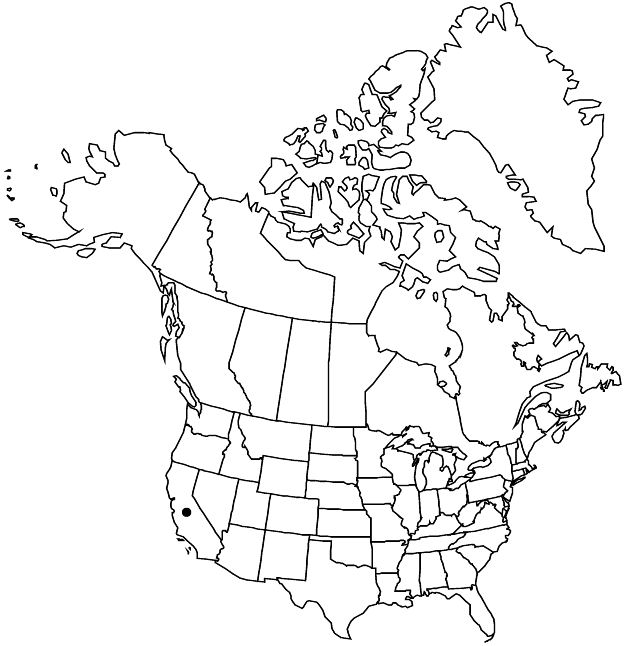Viola tomentosa
Leafl. W. Bot. 5: 142. 1949.
Plants perennial, caulescent, not stoloniferous, 7–10 cm. Stems 1–3(–5), prostrate or decumbent to erect, leafy proximally and distally, densely white-tomentose, from usually vertical, subligneous rhizome. Leaves basal and cauline; basal: 1–6; stipules linear to broadly ovate-oblong, margins entire, sometimes with scattered glandular hairs, apex acute to obtuse; petiole 2–6 cm, densely white-tomentose; blade ± oblanceolate to elliptic, 1.5–5 × 1.4–2.1 cm, base attenuate, usually oblique, margins usually entire, rarely crenate distally, ciliate, apex acute to usually obtuse, mucronulate, surfaces densely white-tomentose abaxially, strigose adaxially; cauline similar to basal except: stipules ovate, lanceolate, oblanceolate, or oblong, margins entire or toothed, densely ciliate with white hairs; petiole 1.5–3.5 cm; blade 1.8–4 × 0.6–1.1 cm. Peduncles 1–4 cm, densely white-tomentose. Flowers: sepals lanceolate, margins ciliate-tomentose, auricles 0.5–1 mm; petals deep lemon-yellow adaxially, upper 2 often brownish purple abaxially, lower 3 dark brown- to brownish purple-veined, lateral 2 bearded, lowest 6–11 mm, spur yellow, gibbous, 0.5–1.5 mm; style head bearded; cleistogamous flowers absent. Capsules ± spherical, 4–5 mm, densely white-tomentose. Seeds brown with lighter brown mottling, 2.5–2.8 mm. 2n = 12.
Phenology: Flowering May–Aug.
Habitat: Dry, gravelly places, open ponderosa, Jeffrey, lodgepole pine forests
Elevation: 1500–2000 m
Distribution

Calif.
Discussion
Viola tomentosa occurs in El Dorado, Nevada, Placer, Plumas, and Sierra counties. M. S. Baker (1949) reported that nearly every leaf axil of V. tomentosa produces a flower bud and that these buds produce chasmogamous flowers late in season instead of cleistogamous flowers, as do other members of the V. nuttallii complex.
Viola tomentosa hybridizes with V. purpurea; the hybrids appeared sterile (M. S. Baker 1949). J. Clausen (1964) reported a putative hybrid between V. tomentosa and V. sheltonii from one location in Sierra County.
Selected References
None.